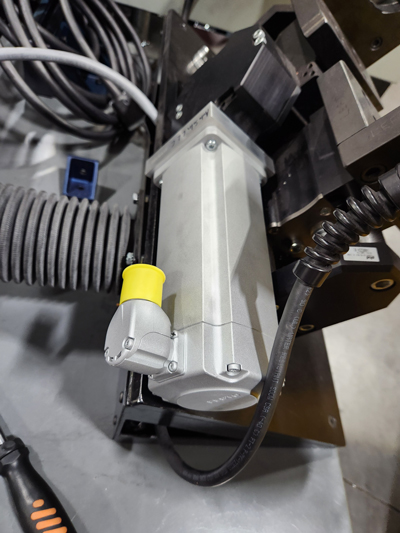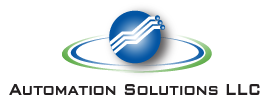
How well do you really know the historical life of this component and the job it is performing?
Here’s some important considerations when retrofitting a servo to an existing system. In this case, we will explore what’s necessary when you’re committed to maintaining the same equipment performance level.
Make sure you understand:
- What is the runtime & criticality: % run per day (or) week (or) month?
- What are the features of the environment (heat, contamination, moisture, etc.)?
NOTE: Refer to a previous LinkedIn post from our teammate #AutumnMatian regarding the dangers of conductive dust and the need to keep enclosures clean. Click Here for link
Are you aware of the duty:
- Speed Rating
How often is it in each speed range? - Torque
How often is it in each range? - Power
How often is it using most of its torque at most of it speed? - Braking Or Speed Reversal
How often is it changing direction or slowing under high load?
Things to know about the Drive (output shaft):
- Is it connected to a gear box (matching bolt pattern and shaft size will be needed unless entire servo/gearbox is replaced as a set)?
- Is it connected to a chain or belt drive (results are more flexible in options most of the time)?
Size:
- Does the currently installed location allow for enough room for something a bit longer or a bit larger in diameter if you cannot secure a replacement of the same dimensions?
Electrical:
- Matching the input power from old to new will minimize the cost.
- Make sure the current does not draw more Amps than the current version.
Control, Software, and Programming:
- The most likely scenario of minimizing expense is to maintain the manufacturer and model.
- Ensure instructions are available for the current PLC and the intended new servo controller. Having these is critical to ensuring compatibility. If there’s no compatibility, you’ll be taking on a project involving a complete re-write of the code’s full control section.
Communication Protocols:
- Will the new servo communicate with the system (if it’s not an exact replacement)?
- The PLC requires the correct add on instruction to communicate correctly.
- The PLC code needs to be sequenced properly (depending upon the drive) so move instructions and commands operate correctly.
- The faults need to be configured so the PLC is aware of the state of the servo drive (i.e. whether the servo is homed or faulted).
- The drive itself needs to be configured with settings to determine how it homes and what internal values it will use to measure its position.
Electrical Install:
- Is there room in the enclosure for a different larger control?
- Is there enough cooling for any added brake resistors?
- Is there an allowance for adequate wiring from the controller to the motor (plug and cable length, as wells as the plug and cable penetration through the enclosure wall)?
Let’s Get Connected
Things To Consider Before Retrofitting A Servo
